Home>Ideas and Tips>Radon Testing And Mitigation: Protecting Your Home’s Air Quality
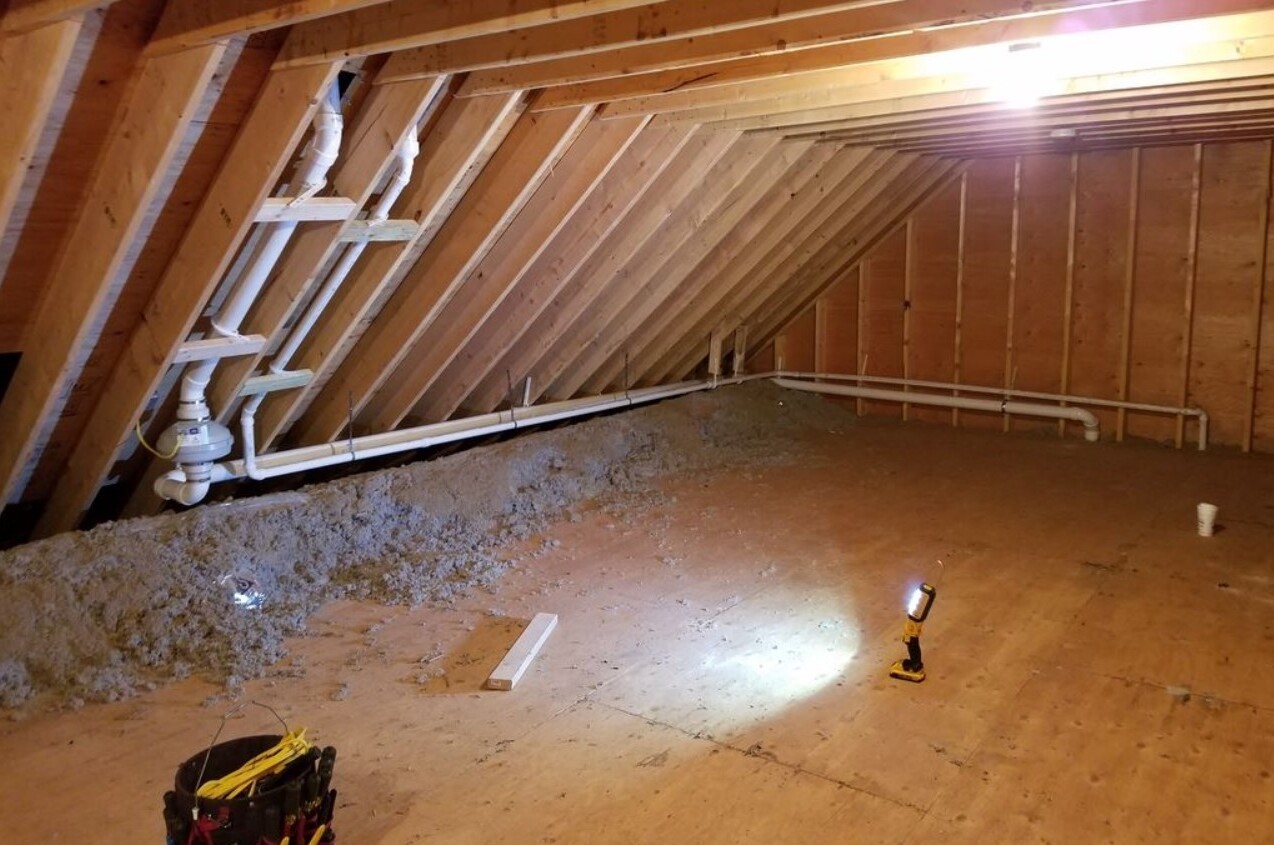

Ideas and Tips
Radon Testing And Mitigation: Protecting Your Home’s Air Quality
Published: October 28, 2024
Learn how to test for radon, understand the risks, and implement effective mitigation methods to protect your home's air quality and your family's health.
(Many of the links in this article redirect to a specific reviewed product. Your purchase of these products through affiliate links helps to generate commission for Storables.com, at no extra cost. Learn more)
Radon is a colorless, odorless, and tasteless radioactive gas that can accumulate in indoor environments, posing significant health risks. It is a major indoor air pollutant that can lead to lung cancer, and its presence in homes is a critical concern for homeowners and health professionals alike. In this article, we will delve into the importance of radon testing, the risks associated with elevated radon levels, and the effective methods for mitigating radon in homes.
Radon is a naturally occurring gas produced during the decay of uranium in soil and rocks. It can seep into homes through various entry points such as cracks in walls and floors, floor drains, and sumps. Once inside, radon can accumulate in indoor air, leading to prolonged exposure for occupants. The Environmental Protection Agency (EPA) estimates that nearly one out of every 15 homes in the United States has elevated radon levels, which can cause lung cancer (EPA, 2015).
According to the World Health Organization (WHO), radon is one of the leading causes of lung cancer, responsible for around 21,000 deaths annually in the European Union alone (WHO, 2025). The EPA also estimates that exposure to radon in the home is responsible for approximately 20,000 lung cancer deaths in the United States each year (EPA, 2015). These statistics underscore the importance of testing for radon and taking necessary mitigation measures to protect home occupants.
Testing for radon is a straightforward process that can be done using DIY test kits available at most hardware stores for about $20 to $30. Some state programs also offer low-cost or free kits (EPA, 2015). These kits typically involve placing a small device in the lowest level of the home, usually the basement or crawlspace, for a specified period—usually 3 to 7 days. The device measures the levels of radon gas in picocuries per liter (pCi/L) and provides a clear indication of whether the levels are elevated.
If you are not comfortable performing the test yourself, you can hire a qualified contractor familiar with radon testing. The EPA recommends testing your home every two years or after significant home renovations to monitor radon levels (EPA, 2015).
Radon levels are measured in picocuries per liter (pCi/L). The EPA has set an "Action Level" for radon gas of 4.0 pCi/L. If your test results show levels at or above this threshold, it is recommended to take immediate action to reduce radon levels (EPA, 2015). However, even levels between 2 and 4 pCi/L should prompt consideration for mitigation measures to prevent potential health risks.
Action Levels and Mitigation
- Below 2 pCi/L: Generally considered safe.
- 2-4 pCi/L: Consider making changes to reduce radon levels.
- Above 4 pCi/L: Take immediate action to fix your home.
Radon in your home's indoor air primarily comes from two sources: the soil underneath your house and your water supply. Radon migration through the soil into the lowest level of your home is the main cause of radon problems (EPA, 2015). However, if you have a private well, it is crucial to test both air and water for radon as the devices and procedures for testing water supply are different from those used for measuring radon in the air.
Steps to Prevent and Reduce Radon Levels
-
Regular Testing: The EPA recommends testing your home every two years or after significant home renovations to monitor radon levels (EPA, 2015). This regular testing ensures that any changes in radon levels are detected early, allowing for timely mitigation.
-
Radon-Resistant Construction: If you are building a new home, school, or business, ask about radon-resistant construction methods. These methods include installing an anti-radon membrane along the entire area of the building and using natural ventilation of spaces under floors in areas with high radon concentrations (EPA, 2025).
-
Foundation Repair: If elevated levels of radon are detected, repair any problems with the foundation. Seal cracks and other openings around pipes and drains to prevent radon from entering the home (EPA, 2015).
-
Cover Exposed Earthen Walls: Cover any exposed earthen walls to prevent radon from seeping into the home (EPA, 2015).
-
Paint Concrete Floors with Sealant: Paint concrete floors with a sealant to reduce radon entry points (EPA, 2015).
-
Maintain HVAC Systems: Maintain the heating, ventilation, and air conditioning (HVAC) systems in your home to ensure proper operation. Properly functioning HVAC systems can help reduce radon levels by improving ventilation (EPA, 2025).
-
Install Radon Reduction Systems: If confirmed high levels are found in the air, have a radon reduction system installed. Consult with a qualified professional to determine the best system dependent on the foundation type: basement, slab-on-grade, or crawlspace (EPA, 2015).
-
Treat Water Supply: If elevated levels of radon are detected in your water supply, treat the water at the point of entry or at the point of use. This may require installing a water treatment system to remove radon before it enters the building or right before it comes out of the tap (EPA, 2015).
Effective Radon Mitigation Methods
Sub-Slab Depressurization System
One of the most effective methods for reducing high radon levels is the sub-slab depressurization system. This involves installing a radon-proof membrane under the floor and creating a slight vacuum under the slab to prevent radon from entering the home (EPA, 2025). Studies have shown significant efficiency in this method when installed properly (NCBI, 2021).
Active/Passive Sub-Slab Depressurization
Combining active and passive sub-slab depressurization methods can further enhance radon mitigation efficiency. The active system involves installing a fan to create negative pressure under the slab, while the passive system relies on natural ventilation (NCBI, 2021).
Ventilation Improvements
Improving ventilation in homes is crucial for reducing indoor air pollutants including radon. Installing heat recovery ventilation systems can significantly reduce energy costs while improving indoor air quality by removing pollutants from indoor air (NCBI, 2021).
Importance of Stakeholder Coordination
Radon mitigation is not solely the responsibility of homeowners; it requires coordination among multiple stakeholders including authorities responsible for regulation and implementation of national strategies, the mitigation industry conducting technical work to reduce radon levels, and residents or owners responsible for testing and mitigating their dwellings (NCBI, 2025).
Interventions aimed at increasing mitigation rates should target stakeholders beyond just residents. This integrated approach ensures that all aspects of radon mitigation are addressed effectively from policy to provision (NCBI, 2025).
Radon testing and mitigation are crucial steps in protecting your home's air quality. Understanding the risks associated with elevated radon levels and taking proactive measures can significantly reduce the risk of lung cancer. Regular testing, radon-resistant construction methods, foundation repairs, and installing effective radon reduction systems are essential steps in ensuring a safe indoor environment.
By coordinating efforts among stakeholders and implementing effective mitigation strategies, homeowners can ensure that their homes remain safe from the invisible threat of radon. Remember: testing for radon is easy and inexpensive; it's a small price to pay for protecting your health and the health of your loved ones.
References:
- EPA (2015). Test Your Home for Radon, Protect Your Health. Army.mil.
- NCBI (2023). A psycho-social-environmental lens on radon air pollutant. PMC10463182.
- EPA (2024). The Inside Story: A Guide to Indoor Air Quality.
- NCBI (2021). Research on Best Solution for Improving Indoor Air Quality and Radon Mitigation Methods.
- Illinois Department of Public Health (n.d.). Radon FAQs.
By following these guidelines and taking proactive steps towards radon testing and mitigation, you can ensure that your home remains a safe and healthy environment for you and your family.
Was this page helpful?
At Storables.com, we guarantee accurate and reliable information. Our content, validated by Expert Board Contributors, is crafted following stringent Editorial Policies. We're committed to providing you with well-researched, expert-backed insights for all your informational needs.
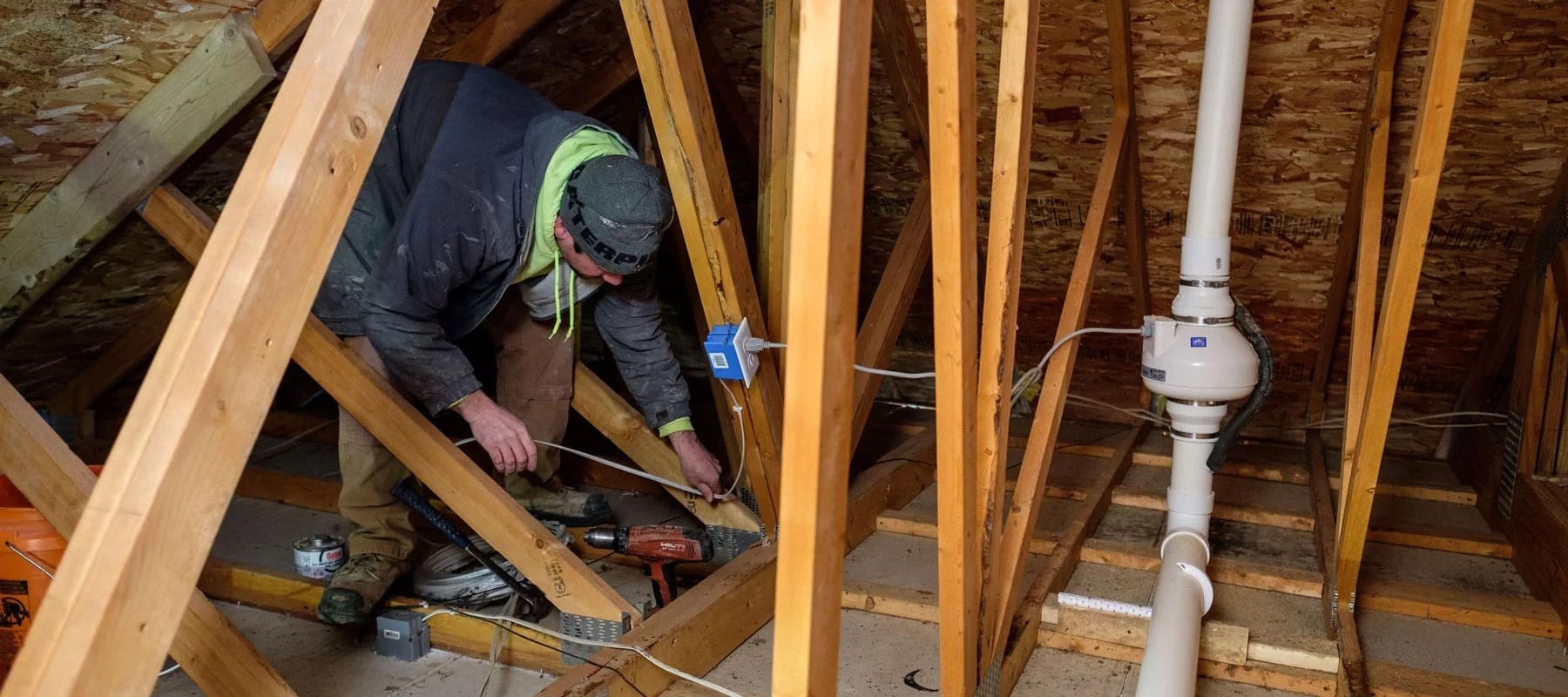
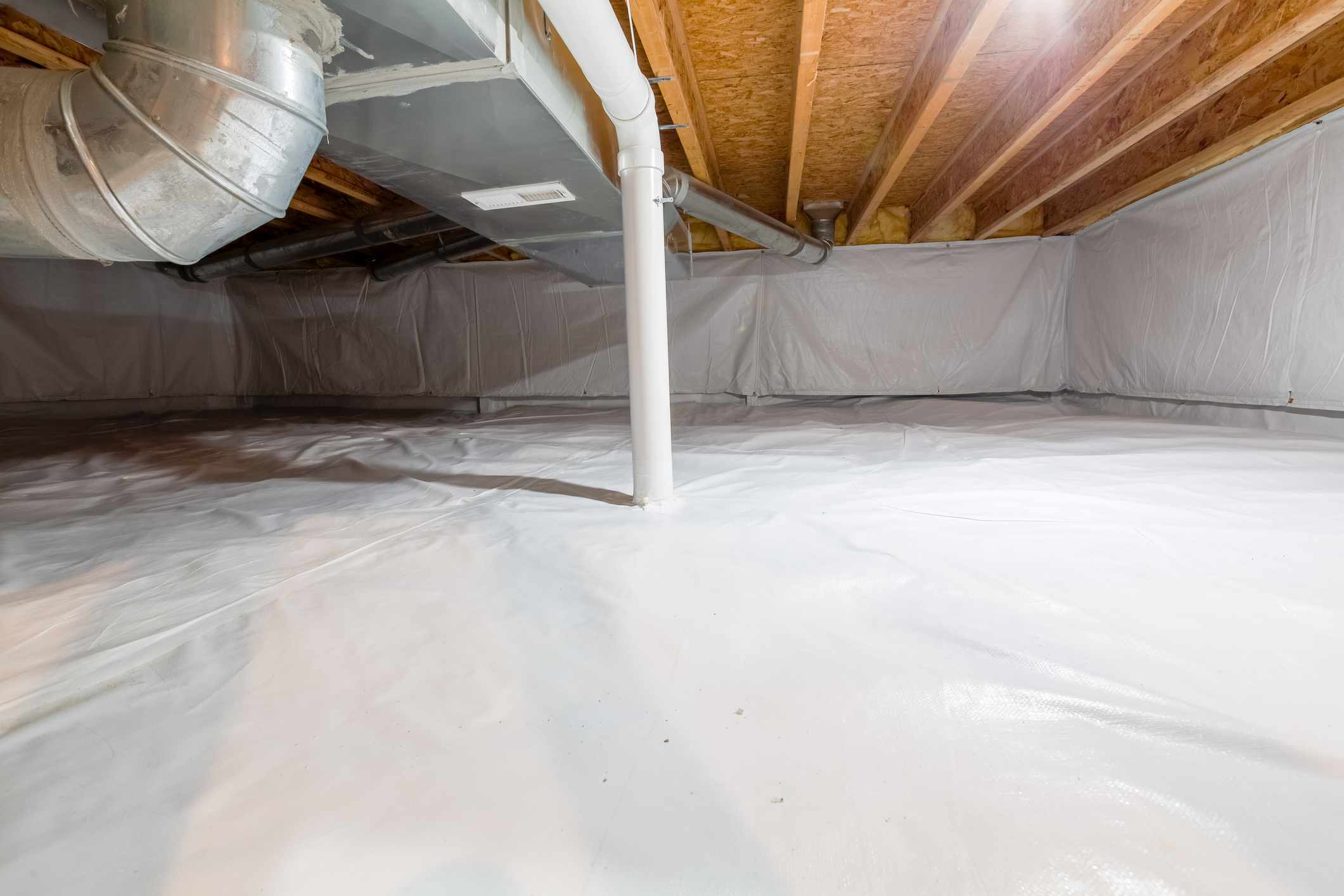
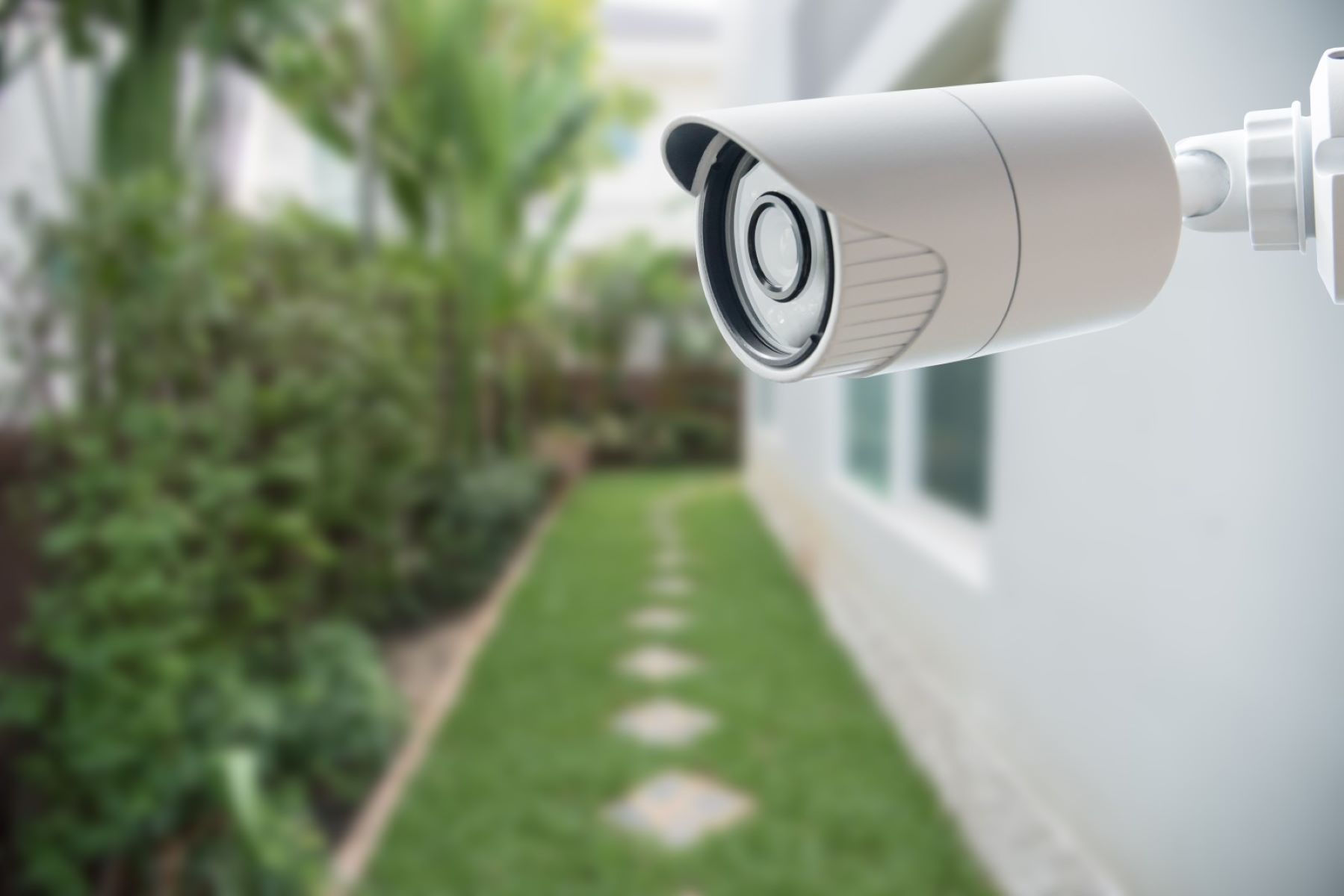
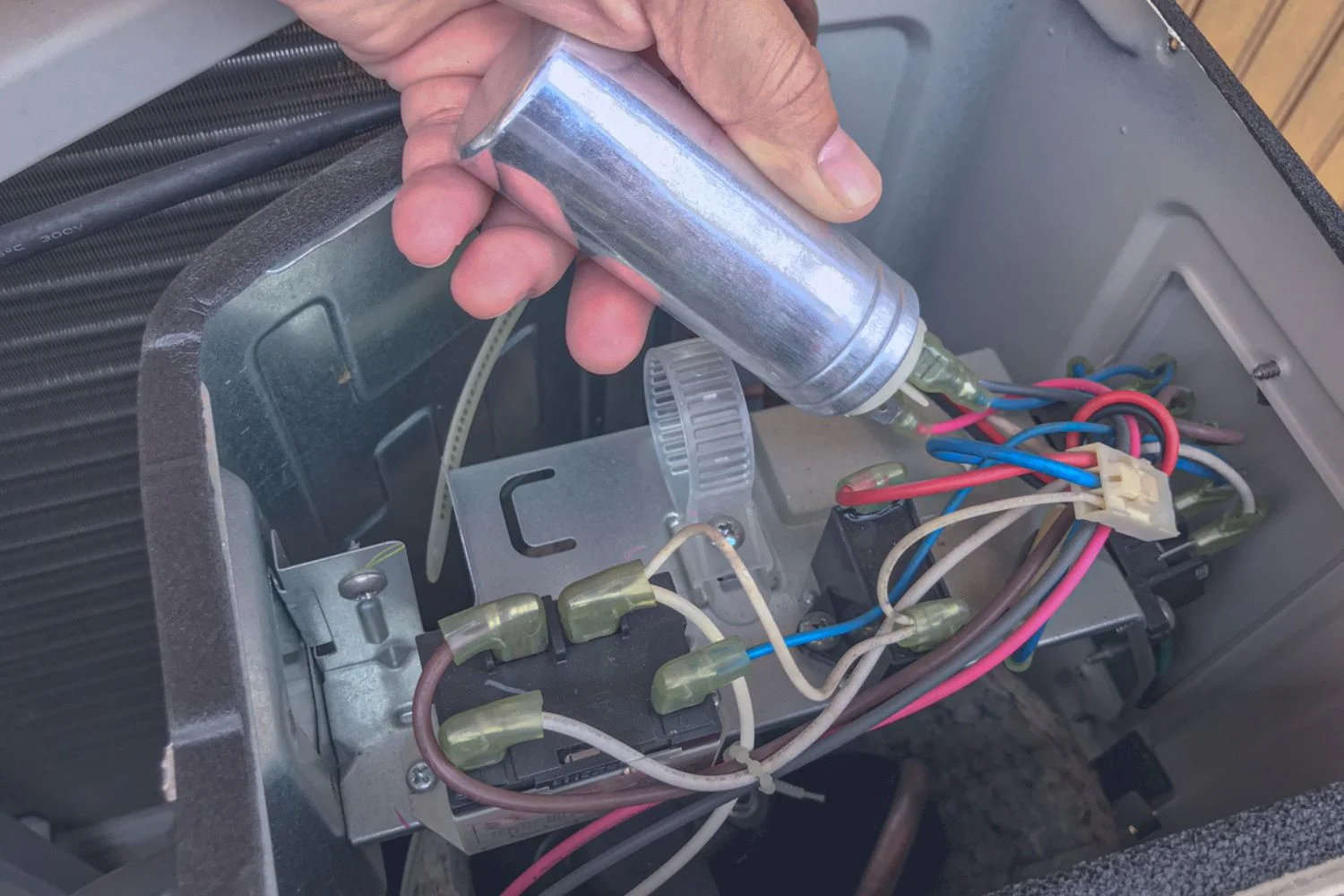



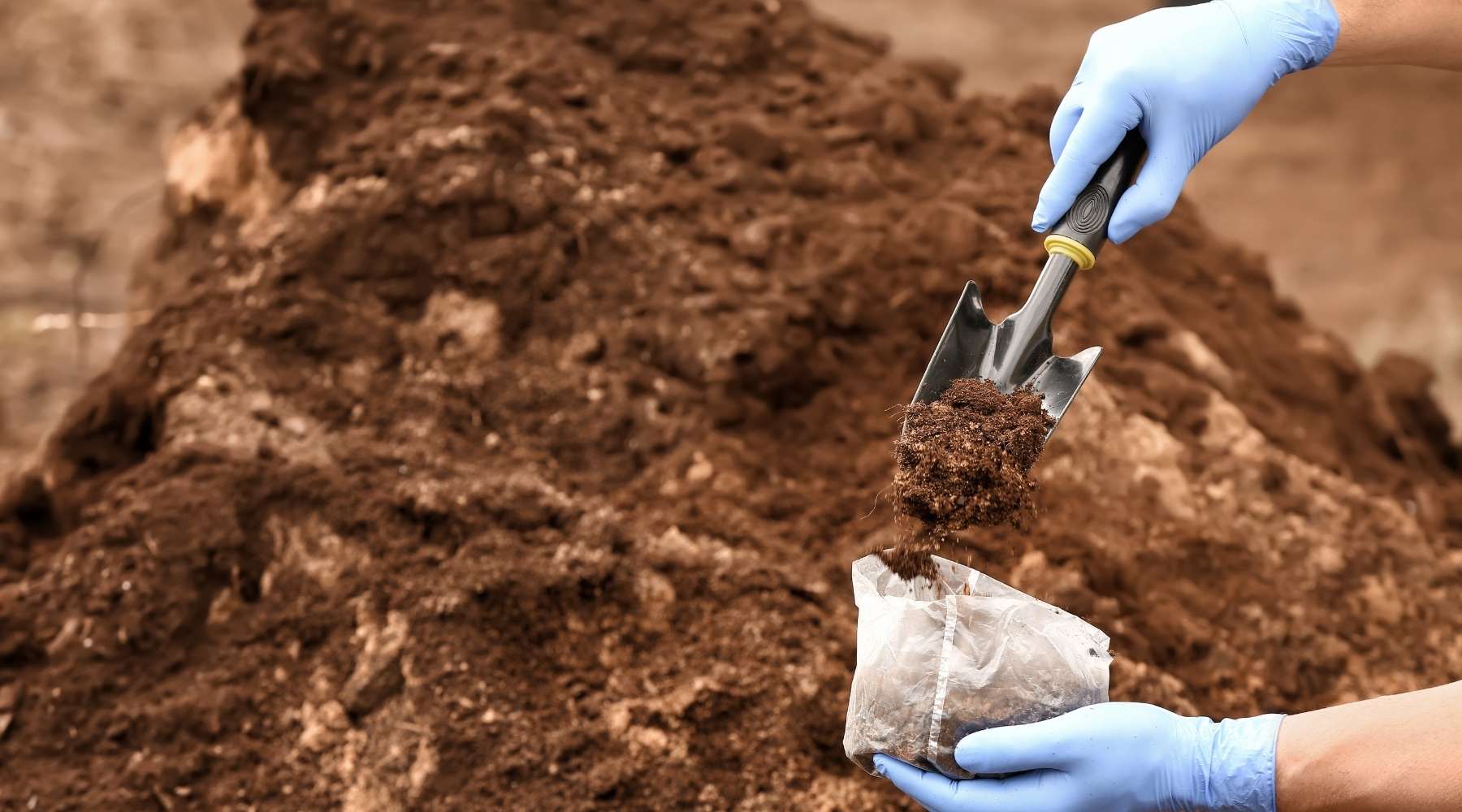
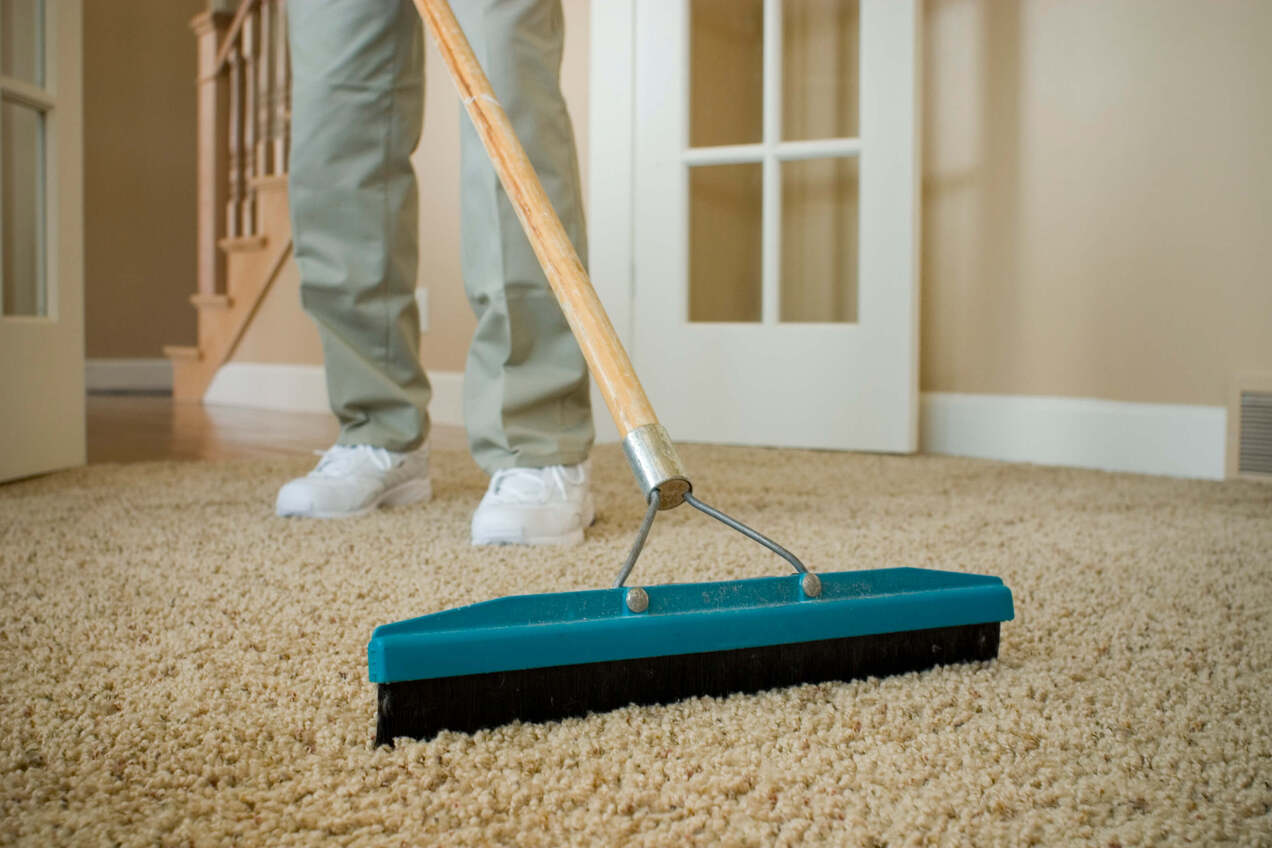

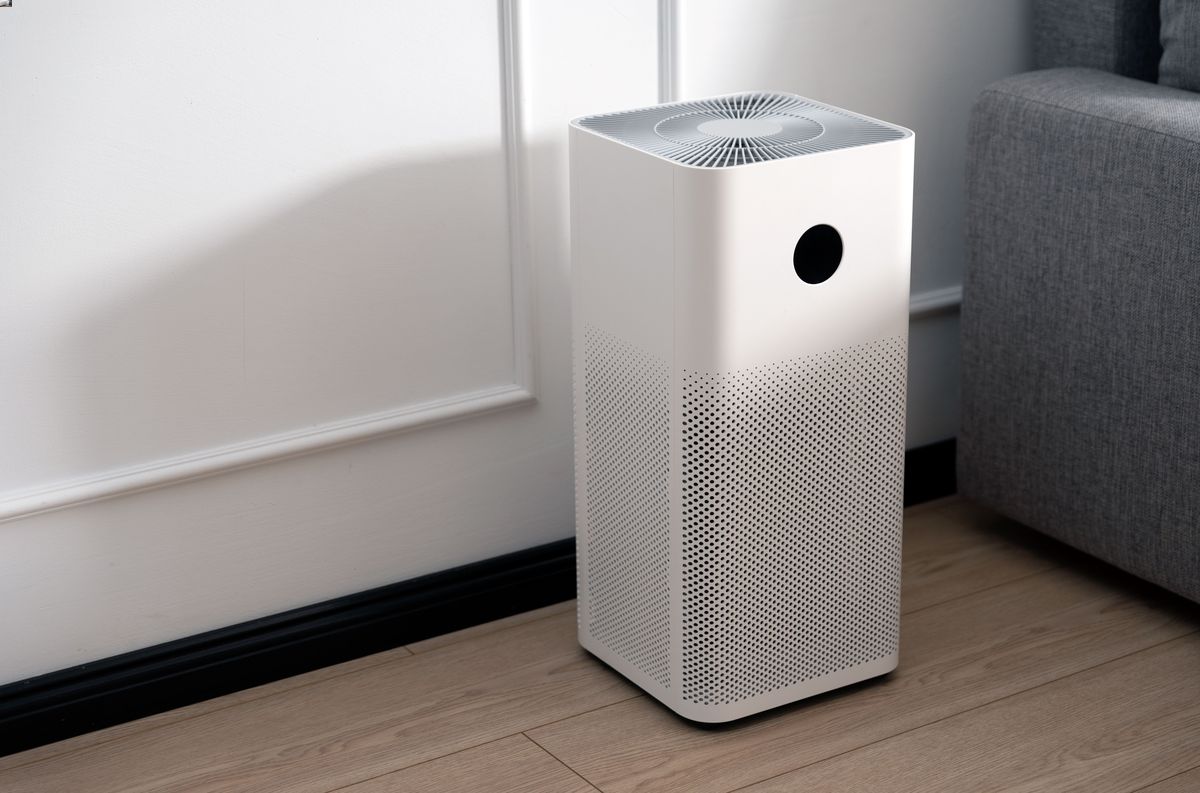
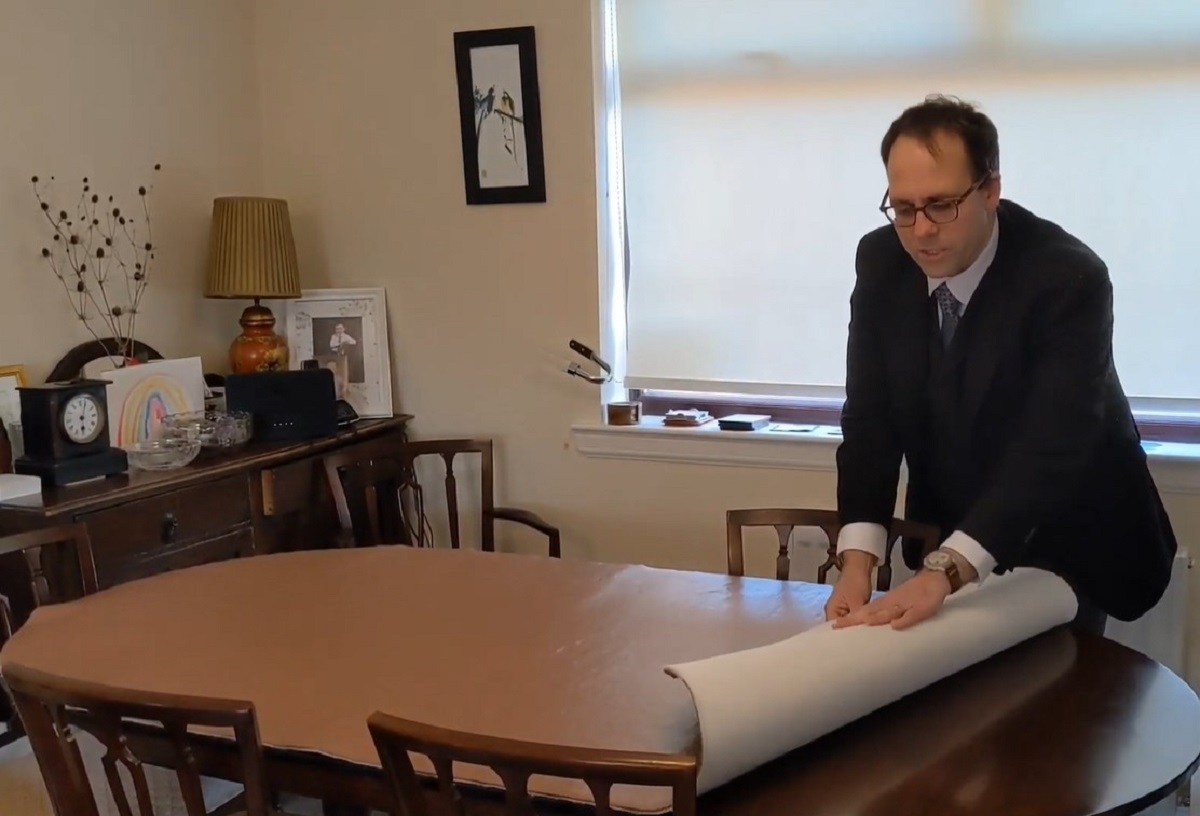


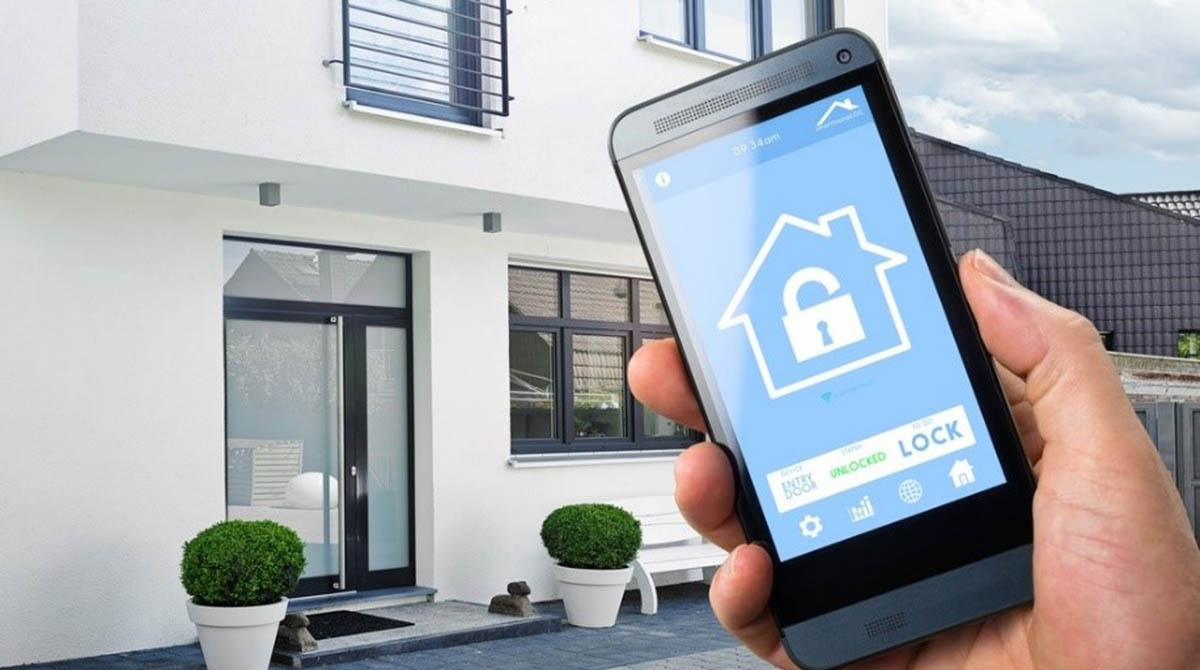

0 thoughts on “Radon Testing And Mitigation: Protecting Your Home’s Air Quality”